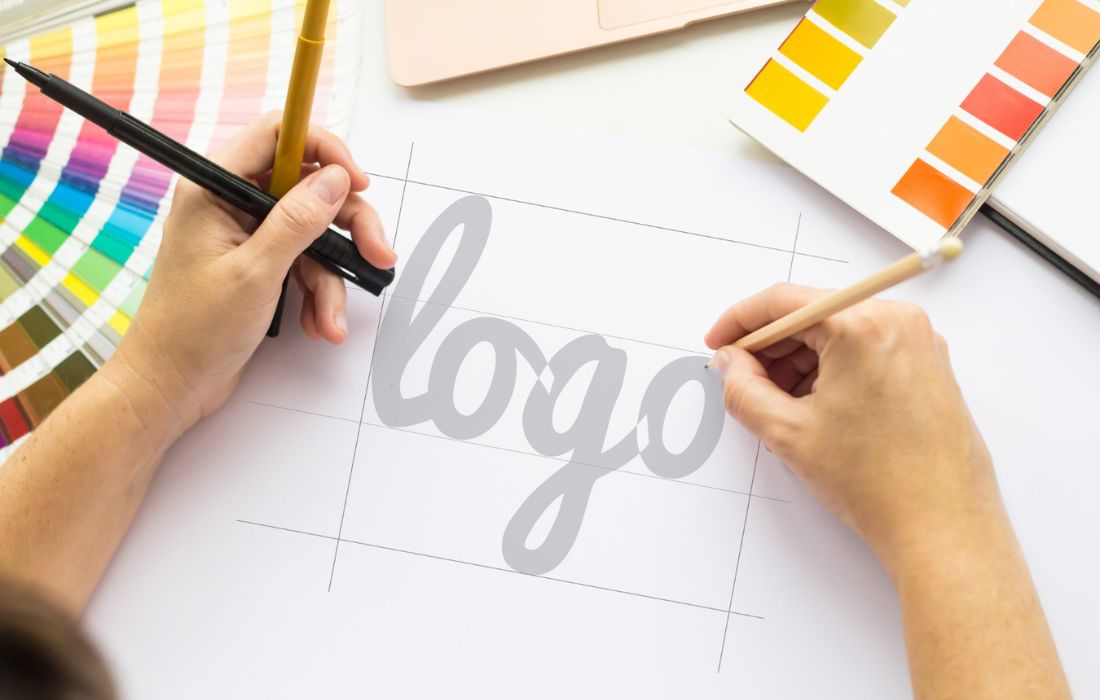Logos nowadays are recognized as the first element of branding and the most deliberately used image of a company. Business logos are one of the appearances that are noticed first when a person encounters and sticks in their mind about a certain business. It is a communication channel among the most crucial tools as it shows the objectives of your organization and introduces yourself and your mission to the people directly. Thus, regardless of whether you are starting up a new firm or perhaps enhancing one, the information on the types of professional logo designing tools and the general design flowchart is insightful.
Table of Contents
Why Logo Design Matters
A great logo is not intricate and incidental; it is, in fact, the glue. This is so because it serves the purpose of your business brand and advocacy besides defining the tone of business communications. It establishes the image that you wish to convey to the outside world: fun, formal, trendy, business-like, and many others. On the other hand, a wrong-designed logo means confusion, or rather, there is no impression at all that is given to it to be observed. This is why the decision-making process involved in the creation of logos should be considered as an intricate process rather than a one-at-a-time concept.
Step-by-Step Guide to Logo Designing
When doing a logo design, one is required to invent a good idea, a very stylish one, and the best materials to use. The following are the steps that you ought to undertake so as to ensure that your logo is quite deserving and significant:
1. Understand Your Brand
To introduce the subject, it is necessary to indicate its aim, goals, objectives, target groups, and the concept of the course’. Ask yourself:
- What does my brand stand for?
- What message do I want to convey?
- Who are my ideal customers?
This action plan will thus act as a guide that will be consulted in the development of several branding items.
2. Research and Inspiration
The logos of your competitors and leaders in the same trade would also have to be analyzed. What styles do they use? What works and what doesn’t? The best approach is to find ideas in social networks such as Behance, Dribbble, and Pinterest, etc. In addition, it also proves useful when to get that which is more or less popular in the course of logotype research; this is essential when it comes to the identification of what does well in the field of logo designing.
3. Choose the Right Type of Logo
There are several types of logos:
- Wordmark (e.g., Google)
- Lettermark (e.g., IBM)
- Brandmark (e.g., Apple)
- Combination mark (e.g., Adidas)
- Emblem (e.g., Harley-Davidson)
Select the type that will make your brand look and feel appropriate for usage.
4. Pick the Right Colors and Fonts
Colors evoke emotions. Blue is generally linked to trust; red signifies passion or rage, and green is linked to growth or anything related to mother nature. Set down certain colors that should meet the important principles of the business, the current identity, and the general vision. Along the same vein, the choice of font becomes so pertinent. Serif type of fonts are popular now, while sans serif is modern one, describing the message of conservative and serious. It is advisable to limit the use of not more than one or two fonts as it is preferred.
5. Sketch and Conceptualize
First of all, it is possible to begin to draw with no restrictions on paper or use the desired graphics program. It is also important not to spend time trying to cage great ideas as this is still in the idea generation stage. As a result, several designs will be created while arriving at a selected few designs in this case.
6. Digitize Your Design
Once you have a few good ideas, it is time to implement them in the design tools. Thus, we have all the right tools and the perfect qualifications to make the right tools.
Best Logo Designing Tools
It does not matter if you have never designed anything in your life before or if you possess successful designs in seasonal logos; these tools will be priceless.
1. Adobe Illustrator
Being the most popular tool for creating vector graphics, Adobe Illustrator has tools that can be used effectively in logo design. It is suited for an expert who wants to develop a modern logo with many small elements.
2. Canva
Although this tool can be especially helpful for students, its main advantage is that it has non-complex working in the work with its interface, which includes thousands of templates. It is ideal if you are designing logos on the go and do not have highly professional knowledge of design software.
3. Looka
An application that uses artificial intelligence to design logos based on the details of the brand that is provided to it. But Looka should be used to coming up with quick solutions and gathering inspiration.
4. Figma
Though more popular for UI design, the tool is also very effective when it comes to logo designing when one is working in a group.
5. Affinity Designer
The top contentious attribute regarding Affinity Designer is that it is much cheaper than Adobe Illustrator and is a one-time purchase application.
Finalizing and Testing the Logo
After designing, test your logo in different scenarios:
- On digital platforms (website, social media)
- On print materials (business cards, packaging)
- In black & white and color
- At various sizes
These tests are usually done every once in a while while designing a logo with an aim of making certain that the image will be sharp enough even on low resolution devices. This is where you put the last touches and get the opinion of the target group or potential consumers.
File Formats and Delivery
When your logo is finalized, export it in multiple formats:
- Vector format (AI, SVG) for scalability
- PNG with transparent background for digital use
- JPEG for websites and emails
- PDF for printing
It is suggested that guidelines for Logo usage should be prepared which include the color codes to be used, types of fonts and the spacing required in each project.
Conclusion
Logo designing is a concept strategy business where ideas and work done are closely coordinated with the business’s vision and goal. If you comprehend your brand, select the proper equipment, and adhere to the step-by-step schematic, you will create the emblem that will reflect the brand. Despite this, professional designers are very helpful, although, thanks to today’s technology, everyone can design their brand visuals in one way or another.
No matter what your situation is, whether you are in the process of creating a new business venture, establishing yourself or your business anew, or just testing the waters, this guide may be of help to you in the end. An attractive logo gives one a competitive edge in the market, and it is a wise decision to spend some time and effort on.
Also Read: Best VPN Services to Consider in 2025







